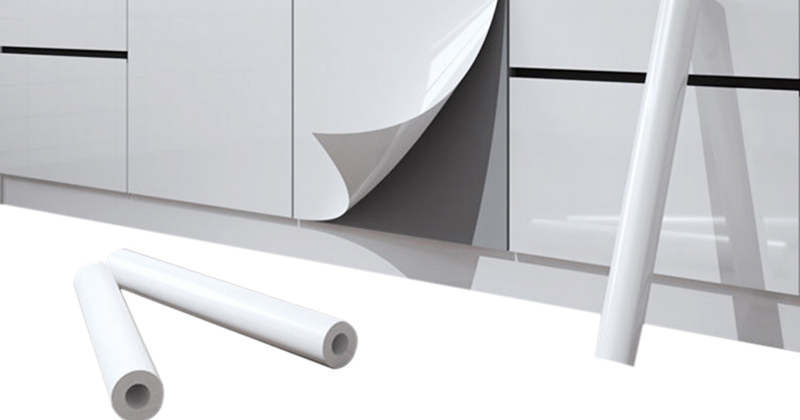PET and PETE are the abbreviation of polyethylene terephthalate. It can also be referred to as PETP or PET-P. APET and PETG are PET de copolymers, also known as amorphous polyethylene terephthalate, which are heat shrinkable polyester films. Ordinary polyester is generally prepared by esterification and polycondensation of terephthalic acid (PTA) and ethylene glycol (EG). It belongs to crystalline polymer (strictly speaking, it is a polymer with coexistence of crystalline and amorphous regions). It is generally milky white or light yellow, highly crystalline polymer, with smooth and shiny surface. The products can be processed even at a lower temperature, and can remain transparent without adding filler. It can maintain excellent physical and mechanical properties in a wide temperature range, and the long-term use temperature can reach 120 ℃. The electrical insulation performance is good. Creep resistance, friction resistance and fatigue resistance. It has good dimensional stability.

However, due to its high glass transition temperature, low crystallization rate, difficult processing and molding, high molding temperature, long production cycle, and poor impact resistance. Therefore, it is necessary to improve its processability by means of reinforcement, filling and blending. The use of PET can be divided into two parts: fiber (70% of the early consumption of synthetic fiber) and non fiber. The latter includes well-known packaging materials (containers for food and beverages, vacuum packaging, etc.), insulating materials, tape bases, films and photographic films. The so-called copolymerization modification is to introduce the third or even the fourth component to participate in copolymerization in addition to the two main components of terephthalic acid (PTA) and ethylene glycol (EG), with the aim of generating an asymmetric molecular structure to form an amorphous PET copolymer. If the PET copolymer is copolymerized and modified with dicarboxylic acid, it is called APET. Compared with PET, the low-temperature toughness (impact resistance and tear resistance) and heat resistance of APET are improved.
The appearance of the products is more transparent; If PET copolymer is prepared by copolymerization modification with glycol, it is called PETG. The hardness, stiffness and toughness of PETG are better than that of PET homopolymer, and it also maintains its due toughness at low temperatures. The transparency of products is higher, even colorless. In actual processing, PET is provided in the form of grains, while APET and PETG can be provided in the form of amorphous materials. 1, 2, 3, 4, 5, 6, 7 in the environmental protection label correspond to different polymers, namely: 1 represents PET; 2 stands for HDPE, high-density polyethylene; 3 represents PVC, polyvinyl chloride; 4 represents LDPE, low density polyethylene; 5 stands for PP, polypropylene; 6 stands for PS, polystyrene; 7 stands for other polymers.
- Share
-
12
- 正在更新中...
- GAG PETG high gloss decorative film production line

